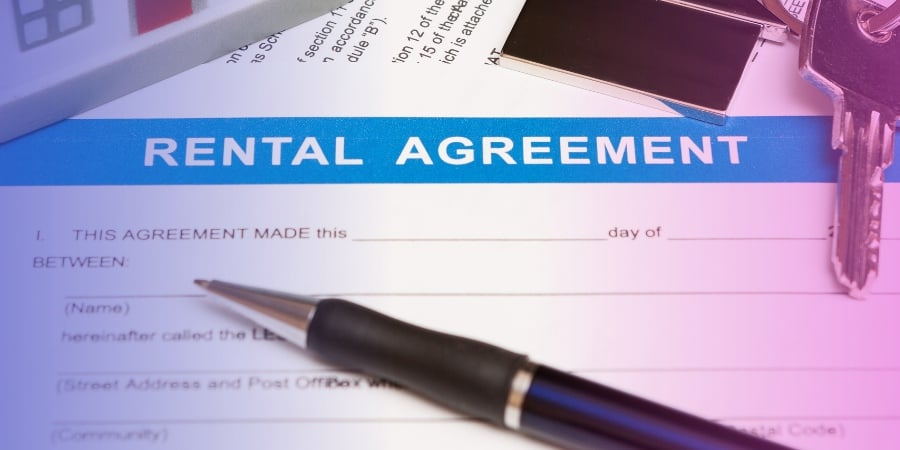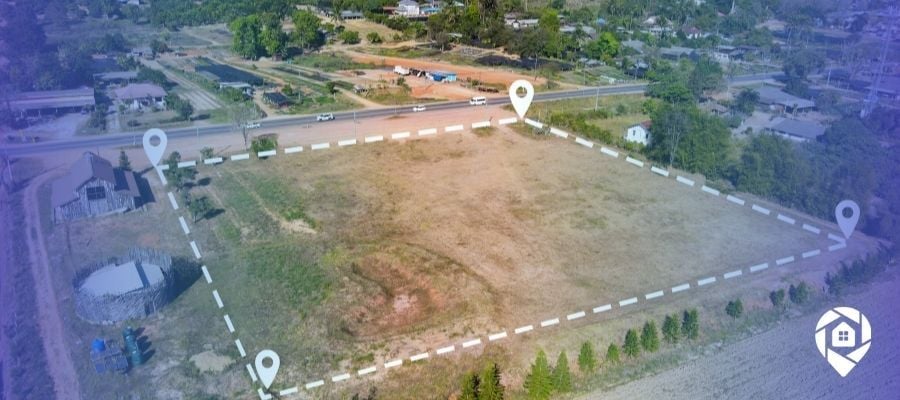
Mastering the Real Estate Metrics of Rental Properties

Are you an investor looking to dip your toes into the spectacular ocean of real estate investing? Or maybe you're already in deep and simply looking for some refined strategies to push your portfolio to the next level. Either way, understanding and calculating the profitability of a rental property is an essential skill to have in your real estate investing toolkit. So, let's dive into the strategic depth of real estate numerics and demystify the process.
Real estate metrics are crucial indicators of your potential success and long-term profitability in the market. They not only provide a snapshot of the property's current worth but also paint a picture of the possible future returns. Let's break down the commonly used metrics: Net Operating Income (NOI), Cash Flow, Cap Rate, and Cash on Cash Return.
Net Operating Income (NOI)
Net Operating Income, or NOI, refers to the total income generated by a property after deducting all necessary operating expenses. Essentially, it tells you how much income your rental property investments will yield once the costs of running the property are taken into account.
Calculating NOI is relatively simple: Gross Potential Income - Operating Expenses. Keep in mind that operating expenses include property taxes, maintenance costs, utility bills, management fees, and property insurance but do not include mortgage payments.
Consider NOI as a sort of financial health check for your property. A positive NOI indicates that the property is generating more income than it costs to operate, while a negative NOI signals potential problems and might require immediate attention to avoid losses in your real estate investing pursuits.
Monthly Cash Flow
Monthly Cash Flow is another essential real estate metric, representing the residual income from your rental property after all expenses, including mortgage payments, have been deducted from the rental income. In essence, it is an indicator of the cash ending up in your pocket each month.
The monthly cash flow can be calculated using this formula: Gross Rental Income - (Operating Expenses + Mortgage Payments).
Positive cash flow suggests that your rental property is yielding more than it costs, whereas negative cash flow signals financial distress and requires immediate attention to safeguard your investments.
Capitalization Rate (Cap Rate)
The Capitalization Rate, or Cap Rate, presents a ratio that indicates the potential return on an investment property. It is a useful metric when comparing potential investment properties as it shows the relation between a property's market value and its income-producing potential.
To calculate the Cap Rate, you divide the NOI by the property's current market value. The higher the Cap Rate, the higher potential return on your investment - but also likely, the higher the risk!

Cash on Cash Return
Finally, Cash on Cash Return (CoCR) compares your annual pre-tax cash flow to the amount of cash invested in a property. This ratio is especially useful to investors who leverage their investments with mortgage loans.
To calculate CoCR, you divide the annual pre-tax cash flow by the total cash invested. A high CoCR percentage indicates a better return on your original investment.
Exploring the Impact of Market Trends on Rental Property Metrics
Market trends play a pivotal role in shaping the profitability of rental properties. Fluctuations in local demand, variations in rental prices, and broader economic changes can significantly influence your investment's performance. For instance, a surge in local employment opportunities can increase demand for housing, thereby boosting rental income and improving your property's NOI. Conversely, an economic downturn might lead to reduced rental prices or higher vacancy rates, adversely affecting your cash flow.
Understanding these market dynamics is essential for accurate forecasting. As an investor, keeping a close eye on local economic indicators, housing market trends, and demographic shifts can provide valuable insights. This knowledge not only helps in making informed purchase decisions but also in adjusting rental strategies to maximize returns in changing market conditions.
Assessing the Impact of Property Management on Real Estate Metrics
Effective property management is a key factor in the success of rental property investments. Good management can significantly enhance NOI and cash flow by optimizing operational efficiency, maintaining high occupancy rates, and ensuring timely rent collection. Conversely, poor management can lead to increased expenses, vacancies, and ultimately, reduced profitability.
Evaluating the performance of property management involves monitoring key metrics like tenant turnover rate, maintenance costs, and response times to tenant issues. Investors should also consider the benefits of professional property management versus self-management, weighing factors like time commitment, expertise, and the scale of the investment portfolio. Effective management can not only streamline operations but also enhance tenant satisfaction, leading to longer tenancy durations and stable cash flow.
Conclusion
Real estate investing can be thrilling and rewarding, but it can also be financially hazardous without the right knowledge and skills. Having a keen understanding of the right real estate metrics, and knowing how to calculate rental property profitability, will give you a powerful edge in the real estate investing game.
To make the best rental property investment decisions, study these financial metrics, apply them to potential properties, and use them to guide your investment strategy.

About Benjy Nichols
Benjy has been a Media Manager at DealMachine for the last 5 years. He produces, writes, shoots, and edits our media content for our member's DealMachine and Real Estate education.



